This is the initial response by the Sustainable Food Trust to the Grazed and Confused report published by the Food Climate Research Network.
Summary
Although the Sustainable Food Trust (SFT) agrees with a number of specific points in the report (see below) we fundamentally disagree with its conclusions and we challenge some of the scientific evidence used and some of the authors’ analysis.
The report focuses exclusively on greenhouse gas emissions and while it does accept that grassland can sequester carbon, if fails to understand the vital necessity of returning degraded cropland to rotations that include grass and grazing animals, in order to rebuild carbon and organic matter levels, and the potential of integrating grazing livestock production with crop production in genuine mixed farming systems, to address a wide range of the food system problems currently faced.
The only practical way to produce human-edible food from grassland without releasing large amounts of carbon to the atmosphere is to graze it with ruminants, and with the increasing global population it would be highly irresponsible to stop producing meat, milk and animal fats from grassland, since this would cause even more rainforest to be destroyed to produce soyabean oil and meal, as well as palm oil.
The Sustainable Food Trust (SFT) agrees with the authors of this report that:
- if not addressed, the increasing global demand for meat will result in serious and potentially irreversible consequences for the environment, because it will require large areas of virgin land to be converted to grain production;
- we must maintain (and wherever possible, increase) carbon in soils, rather than letting any more oxidise to carbon dioxide (CO2) and add to that already in the upper atmosphere;
- carbon sequestration under grassland soils is time-limited in extent and that (without changes to management practices) the amounts sequestered are likely to be significantly more modest than some have claimed;
- the high and increasing levels of methane (CH4) and nitrous oxide (N2O) levels in the atmosphere are a very serious concern, as is the high and increasing level of CO2;
- the report’s conclusion that it would not be possible to produce enough meat protein from extensively grazed ruminants to replace all other types of meat globally. However, we are not aware that anyone has ever seriously suggested this as an option;
However, we fundamentally disagree with the report’s overall conclusion that grazing animals should not be a central part of sustainable food production in future, due to their GHG emissions. We conclude that:
- ruminants may be responsible for up to 3% of global methane emissions (up to 5% of anthropogenic emissions) and possibly up to 6% of direct global anthropogenic GHG emissions. However, this includes emissions from India, which has by far the largest population of cattle of any country, but where for religious reasons a high proportion of bovine animals at the end of their lives are not used as a source of human-edible protein.
- net emissions from ruminants are at least 1-2% lower than this, when we consider soil carbon sequestration under grassland, the carbon sequestration and storage by hedgerows, hedgerow trees and parkland trees on grassland and the higher levels of methanotrophic bacteria (bacteria which use methane as an energy source) under permanent and unfertilised grasslands, compared with croplands;
- while all efforts should be made to reduce emissions associated with manure management, we conclude that technological fixes based on synthetic chemicals to reduce methane emissions from cattle could have unforeseen negative consequences on ruminant metabolisms and effects on fat composition which would be detrimental to human health. Such products are being researched by academics and developed by at least company;
- the number of intensively produced ruminants should be reduced, but the total number of extensively managed ruminants should be increased;
- global analyses of direct ruminant emissions and emissions associated with land use change such as the felling of tropical rainforests to make way for cattle grazing cannot and should not be used to influence agricultural policy in countries to which the same factors do not apply;
- most existing grassland should continue to be grazed, though at a reduced stocking density in some situations, as this is the only practical way to produce human-edible food from farmland that is unsuitable for crop production and ploughing;
- we see potential to convert some grassland to vegetable production, but believe this should be integrated with livestock farms, form a relatively small proportion of the area on each farm under grass, and be managed in rotation, so that land used to grow vegetables is returned to grass after a maximum of three years (to rebuild carbon levels, soil structure and biological life), while other grassland is then brought into the rotation;
- grass and grazing animals should be reintroduced into arable crop rotations, especially in parts of the UK and parts of the world suffering from soil degradation, with a corresponding reduction in commodity crop production;
- consumers should be encouraged to reduce their consumption of intensively produced pork, poultry and beef reared on low forage/high grain diets, through the introduction of taxes on the use of nitrogen fertiliser, with the funds reused to support farmers changing their production systems through the introduction of crops and techniques recognised as having the potential to increase soil carbon levels
In part, our conclusions are based on the fact that, as the report’s authors acknowledge, they only consider greenhouse gas emissions (GHG). In contrast, we base our assessments on:
- an analysis of a much wider range of factors, which include:
- the huge importance of GHG emissions;
- practices which result in soil carbon sequestration and distinguish most grazing systems from most continuous arable cropping systems
- emissions of ammonia, a major air pollutant and a minor indirect source of additional GHG emissions from intensive livestock production;
- soil degradation, both in the UK and in countries from which we import food;
- biodiversity loss, both in the UK and in countries from which we import food;
- antimicrobial resistance – the use of antimicrobials in pig and poultry production accounting for over 85% of all farm antimicrobial use;
- the overuse of reactive nitrogen and water-soluble phosphate fertilisers in food production and the wide range of problems this is causing;
- the harmful impacts of certain pesticides used in food production;
- drinking water quality and river catchment management and their relationship to land use;
- a wide range of social and cultural issues, including the extent to which increasing mechanisation in crop production and intensification of livestock production are resulting in the increasing cultivation of monocultures, dramatic increases in farm scale and the demise of small to medium-sized family farms, something which has a large number of negative consequences
We feel one of the fundamental weaknesses of the report is that it attempts to reach conclusions based on a global assessment. We believe that different approaches are needed in different countries and regions due to the varying soil, climate and water-availability factors, as well as current meat consumption patterns. This response will focus primarily on the UK situation since it is only that which campaigns in the UK are likely to be able to influence.
Areas of factual disagreement
‘Grazed and confused’ cites a report from FAO authors, Gerber et al. (2013) which calculated that livestock production globally is responsible for 14.5% of global anthropogenic emissions. However, it fails to cite a second report largely by the same group of authors published in the same year (Opio et al. 2013) which comments on the methodology used in the Gerber et al. 2013 report (for more detailed examination of these issues see Young, R 2017b). This states, “Given the year of reference (2005), latest trends could not be fully reflected (e.g. reduction of deforestation rates in LUC). A sensitivity analysis was conducted showing that the period of the analysis has an important influence on results” (Opio et al. 2013, p. xv).
In relation to these two FAO reports it is important to point out that on page 106 of the Gerber et al. 2013 report the authors acknowledge that they only considered land use change in South America and the Caribbean. They did not, for example, consider rainforest destruction in SE Asia and central Africa to produce palm oil to replace animal fats in human diets. And they did not look at countries like the UK where significant areas of forest were being planted at this time on UK farms and where no forests were being felled to make way for grazing animals. In complete contrast, large areas of grassland was being ploughed and converted to continuous grain or vegetable production.
At the same time, they also only cite efficiency in terms of protein production. Yet, dietary fats account for 36% of energy intake in the UK and today people increasingly get their dietary fats from former rainforests in the form of palm oil and soybean oil, whereas before the mid-1980s they predominantly came from grasslands via animal fats. Even today, despite the claims and assumptions made about animal fats and human health, grassland still provides a not insignificant proportion of dietary fats via dairy products and red meat, without which demand for palm oil in particular would increase still further, with all the negative impacts that would have. The failure to take this into account further distorts the evidence base used in the report.
Areas of analytical disagreement
The authors acknowledge that ‘Avoiding carbon release by acting to halt degradation or conversion to croplands is even more important than trying to sequester it from the atmosphere’. Yet they fail to explain how this can be done. Our analysis of the scientific evidence is that continuous arable cropping inevitably results in substantial reductions in soil carbon. In addition, at least five peer-reviewed studies by teams of scientists have found that, contrary to previous claims, no-till systems do not increase total soil carbon.
Most croplands have lost 40-50% of their carbon, and some soils (predominantly lighter soils and peat soils) continue to lose large amounts, though soils with a significant clay fraction do tend to stabilise at a lower level, only losing more via erosion when that occurs. While some of that carbon loss was associated with the production of grain for intensive ruminant production, most of it was associated with the production of feed for pigs and poultry and the production of crops for direct human consumption. These historic carbon (and nitrous oxide) losses should be included in an assessment of the GHG emissions associated with comparative assessments of different food systems, and failure to do this biases the evidence in favour of pigs and poultry and against grazing animals.
Comparative efficiency of grazing animals compared with pigs and poultry
Clearly the authors are confused. They cite recent research (Mottet et al. 2017) and could also have cited Wilkinson and Lee (2016) and Wilkinson (2011) who find that ruminants eat grass (which humans cannot eat, and concentrate feed for cattle is largely based on the residues from grain and oilseed crops processed for humans: Brewers’ and Distillers’ grains, Millers’ offal (small and other grains not suitable for human consumption), sugar beet pulp, and oilseed by-products like rapeseed cake, whereas pigs and poultry largely consume grain that would be suitable for human use, cattle are actually significantly more efficient in converting non-human-edible food into high quality protein and therefore less in competition with humans for food than pigs and poultry. Yet because these conclusions are the opposite of what campaigners have believed for many years the authors appear unsure what to make of them.
They present a range of options for the way forward, each of which they then shoot down; and they leave us with the question of how can we meet the growing demand for animal protein. Part of their confusion results from the extent to which they jump about between production systems, switching from extensive ruminants to the problems associated with intensive ruminants and monogastric animals, in a way which leaves the reader feeling that somehow this also relates to extensive ruminant production.
Part of this confusion relates to their assumption that if we keep ruminants at all they need to be providing 50-60g of protein per day to a rapidly growing population. We would suggest that ruminants should be used where they can best play a role in utilising human-inedible food and that any protein shortage should then be made up by less intensively managed pigs and poultry largely fed on waste human food, and by increased cultivation of legumes.
Another fundamental point which the authors fail to recognise is that continuous crop production is simply not sustainable, organic matter levels decline, soils lose their structure, crops become increasingly prone to weeds, pests and diseases. Apart from fruit and nut trees, grassland is the only crop which rebuilds soil fertility while producing food for human consumption, albeit indirectly. This should not be confused with the serious soil degradation caused by the over-grazing of livestock in dry regions. Closer inspection often reveals that those guilty of this are trying to subsist in countries where the rainfall is too unreliable for crop production and where over-grazing is often caused by small-holders being pushed forcefully or economically off the better land which is then used for irrigated crops exported to developed countries, such as the UK.
Including common land and rough grazing, 71% of UK farmland and 70% of global farmland is under grass for sound agronomic and environmental reasons. If this land were converted to cropland there would be a loss of organic matter equivalent to GHG emissions averaging 250 tonnes of CO2 equivalent (CO2 plus N20) per hectare over approximately 25 years [the N20 would mostly be lost within a couple of years, the carbon more steadily, but tapering towards the end of the period]. In many cases there would also be progressive loss of tree cover and hedgerow density, which would further reduce the carbon sequestration currently occurring.
We would also point out that in the UK approximately 60 litres of milk is produced for each kilo of soyabean meal used in dairy production, whereas 1 kilo of whole soybeans only makes 7.5 litres of a soybean drink, formerly called milk.
The only sustainable way to obtain food from grassland is to graze it with ruminants. With the growing global population it would be irresponsible not to do that.
This article was originally published on 3 October and revised on 5 October 2017.
References
Gerber, P.J., Steinfeld, H., Henderson, B., Mottet, A., Opio, C., Dijkman, J., Falcucci, A. and Tempio, G. (2013) Tackling Climate Change through Livestock – A Global Assessment of Emissions and Mitigation Opportunities, Food and Agriculture Organization of the United Nations (FAO), Rome.
Opio, C., Gerber, P., Mottet, A., Falcucci, A., Tempio, G., MacLeod, M., Vellinga, T., Henderson, B. and Steinfeld, H. (2013) Greenhouse Gas Emissions from Ruminant Supply Chains – A Global Life Cycle Assessment. Food and Agriculture Organization of the United Nations (FAO), Rome.
Young, R. (2017a) ‘Are dairy cows and livestock behind the growth of soya in South America?’, available at http://sustainablefoodtrust.org/articles/dairy-cows-livestock-behind-growth-soya-south-america/
Young, R. (2017b) The importance of grazing livestock for soil and food system resilience, in ‘The Meat Crisis: developing more ethical and sustainable production and consumption’, edited by D’Silva, J. and Webster, J. Earthscan
Photograph: CAFNR
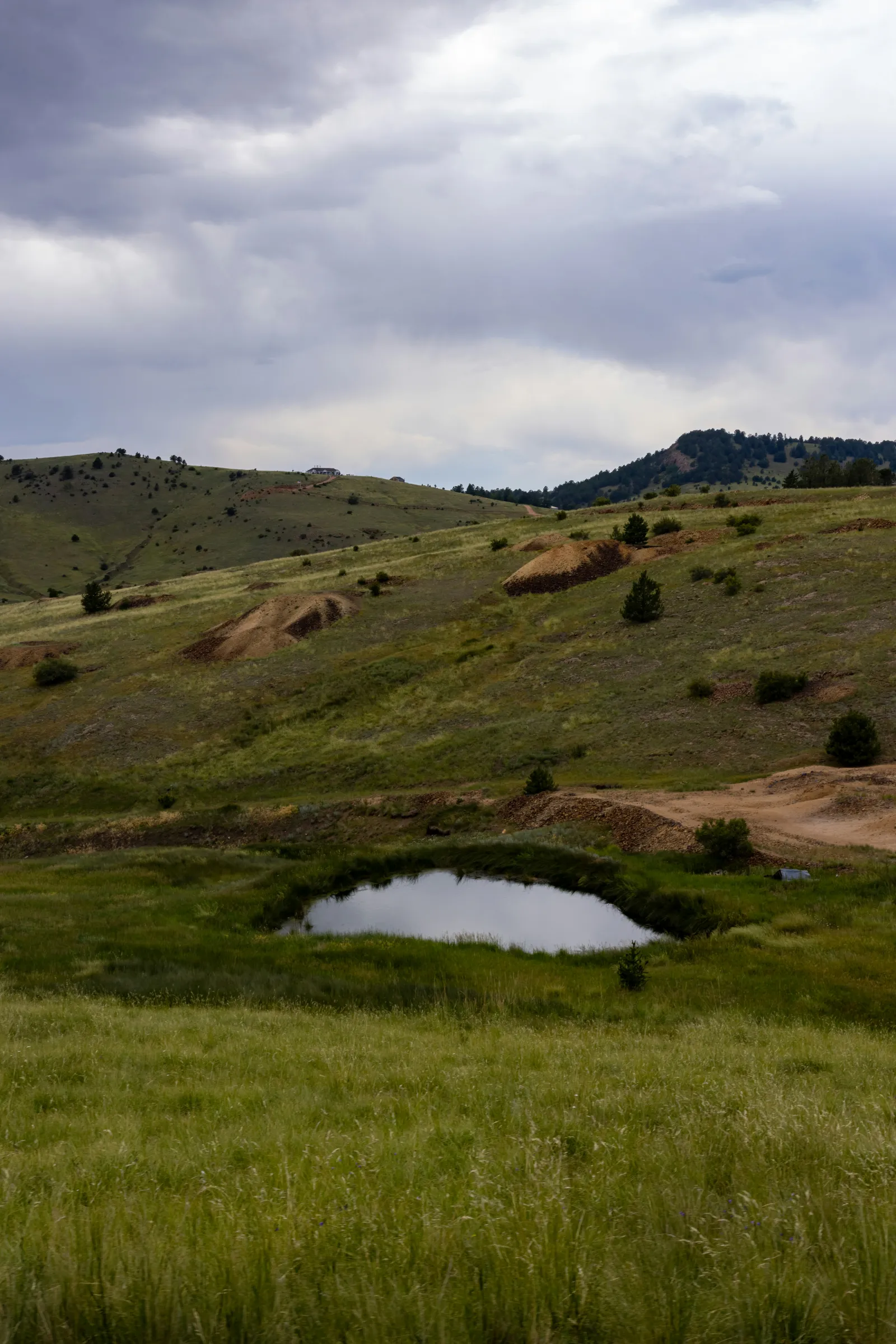
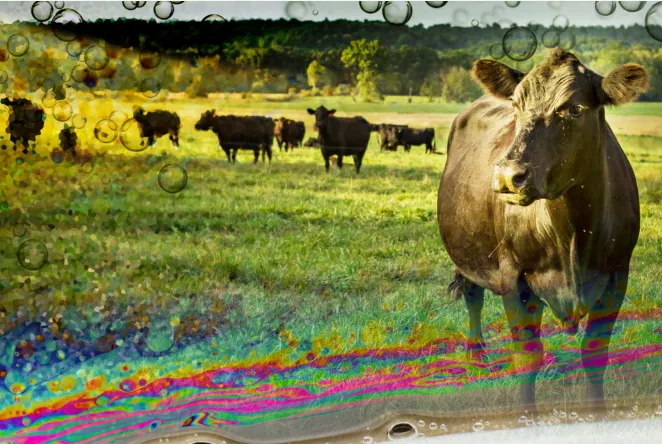
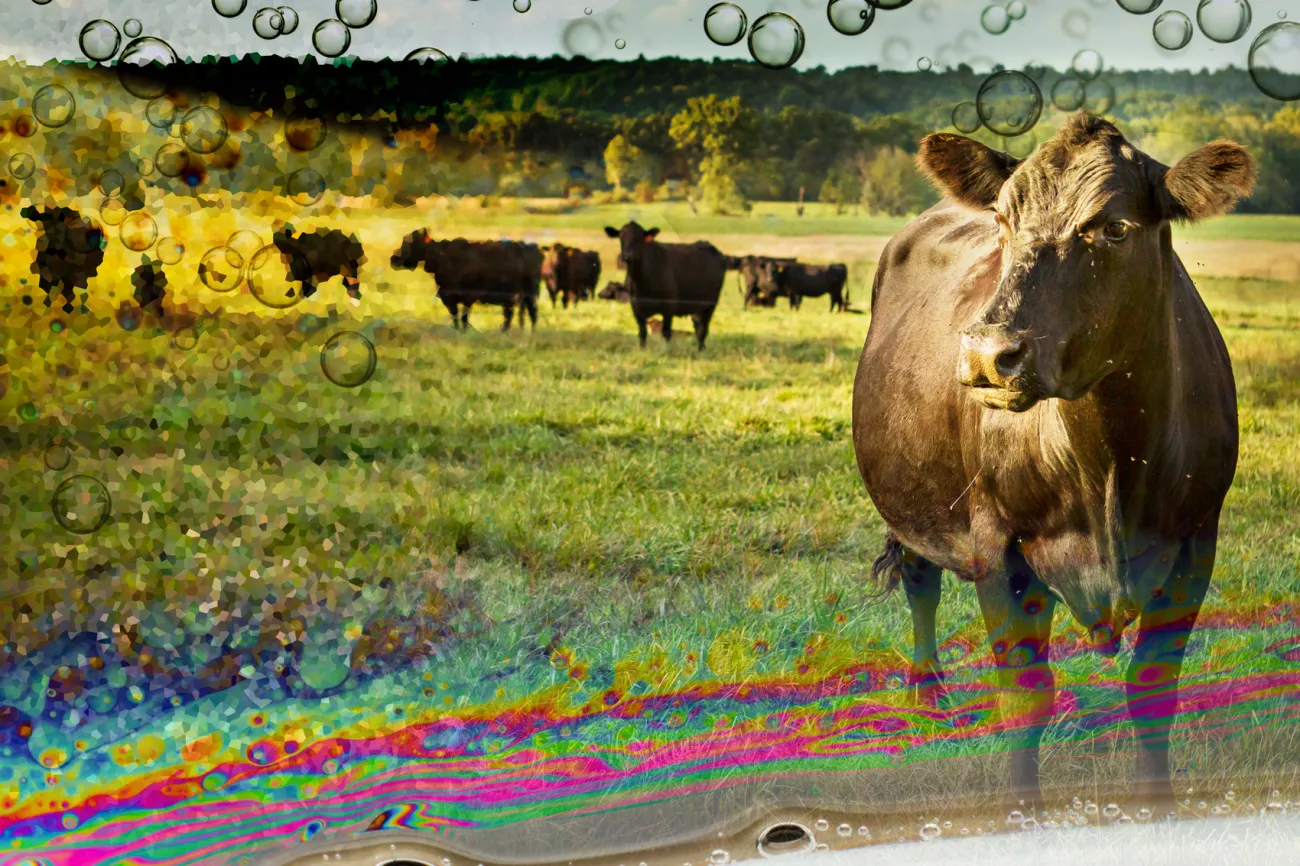

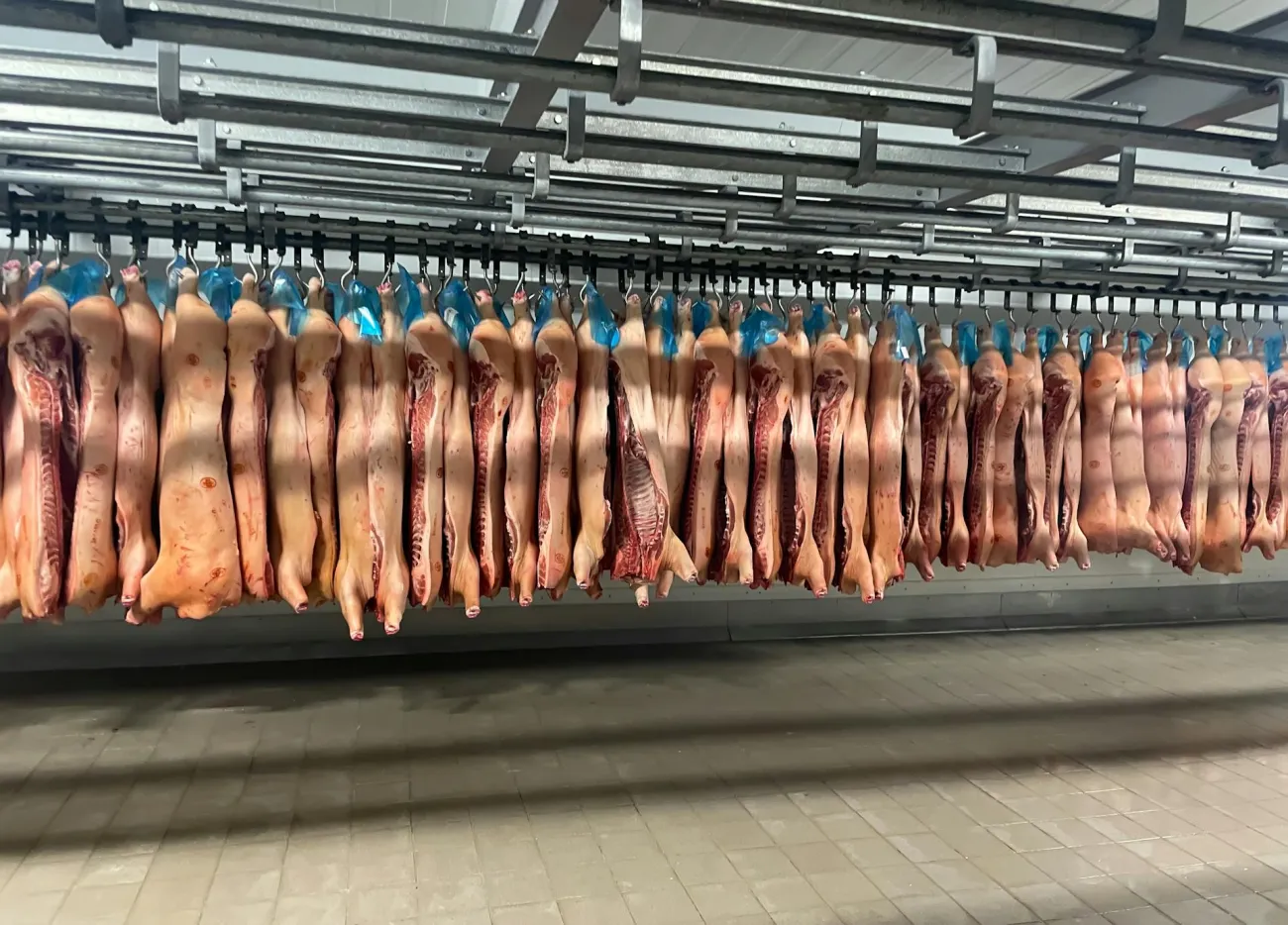
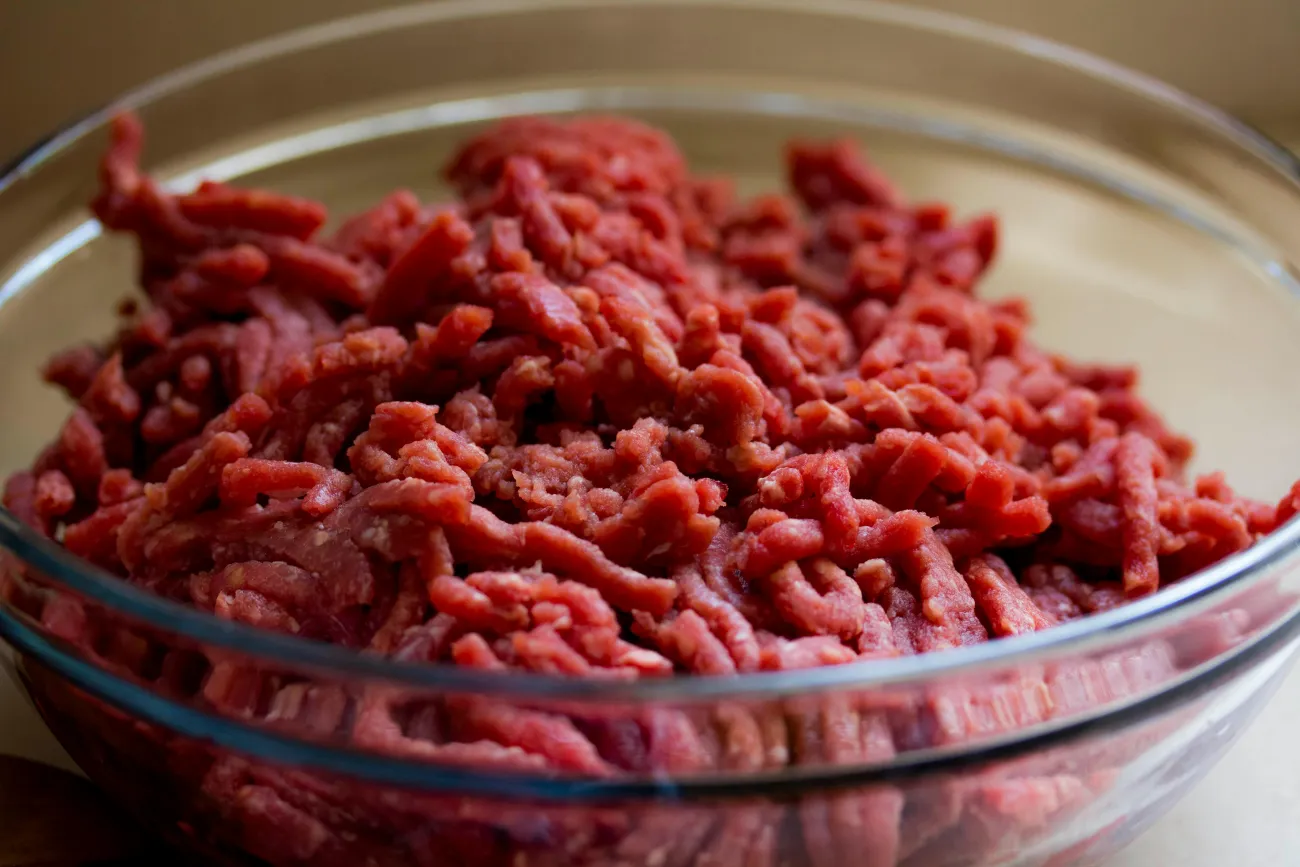
Comments (0)